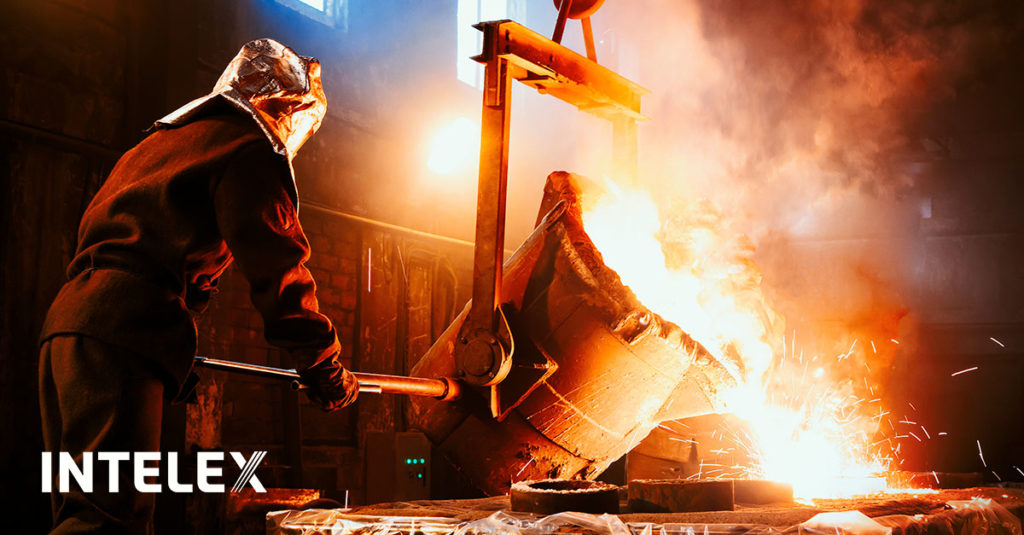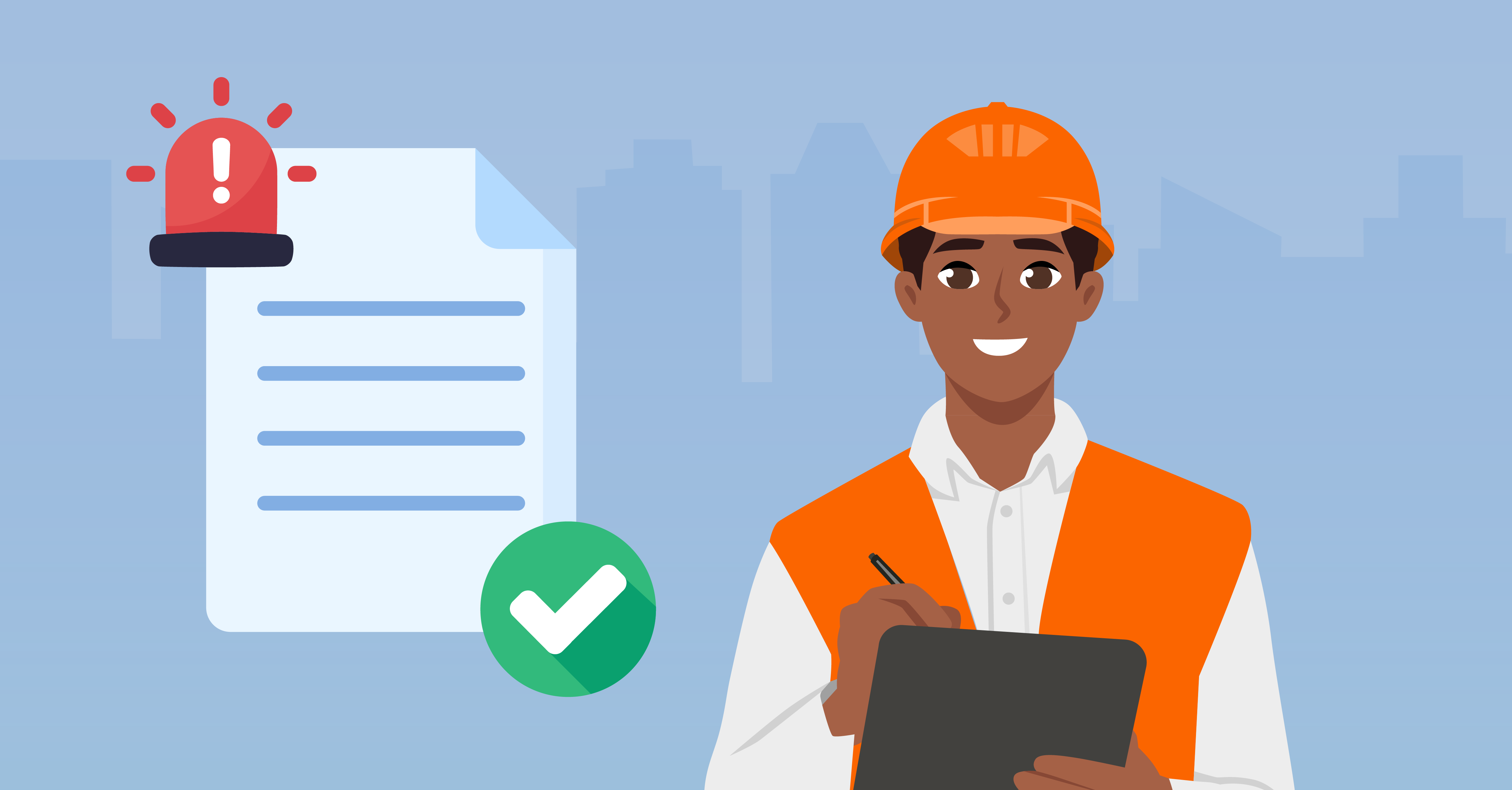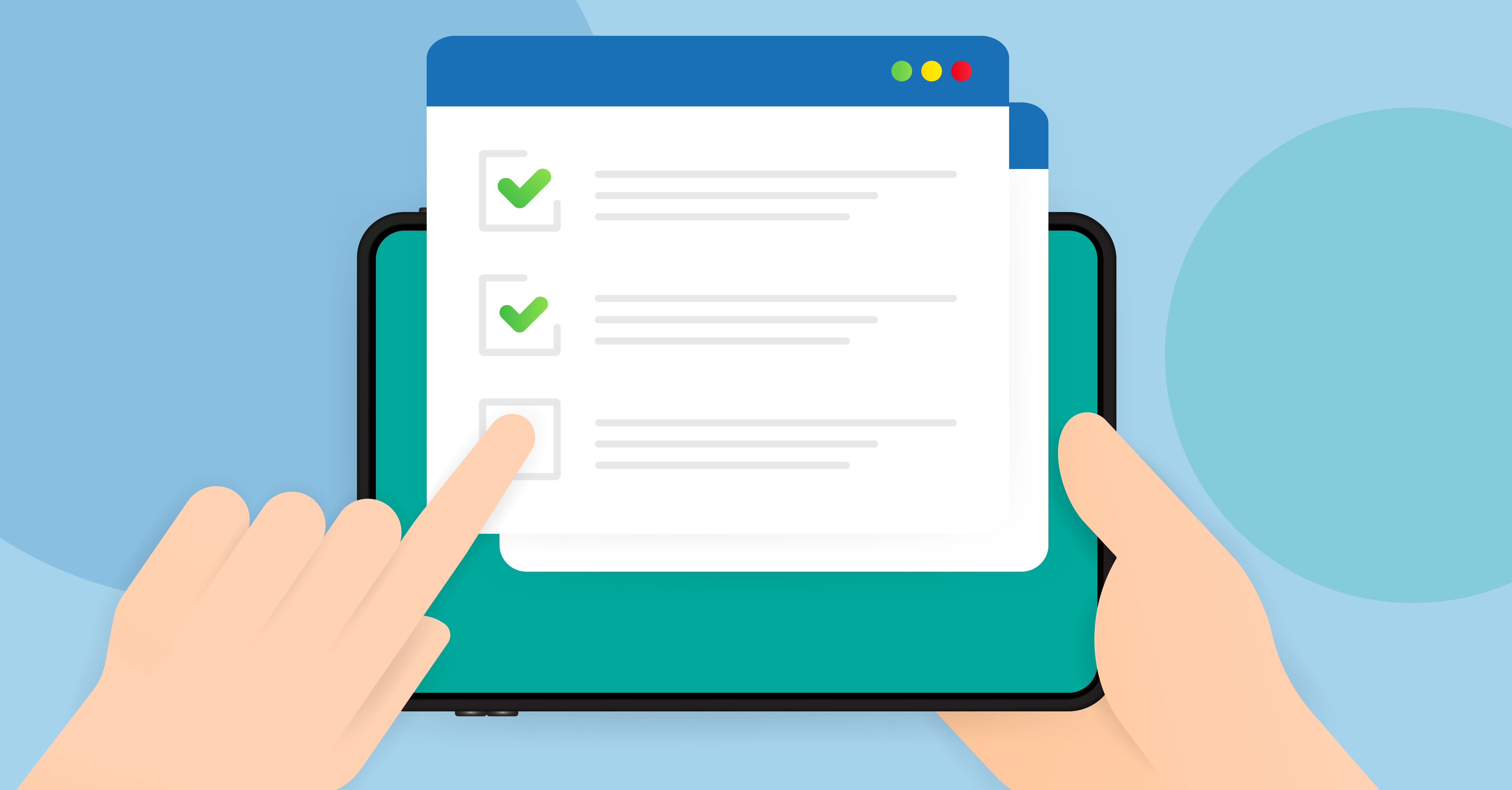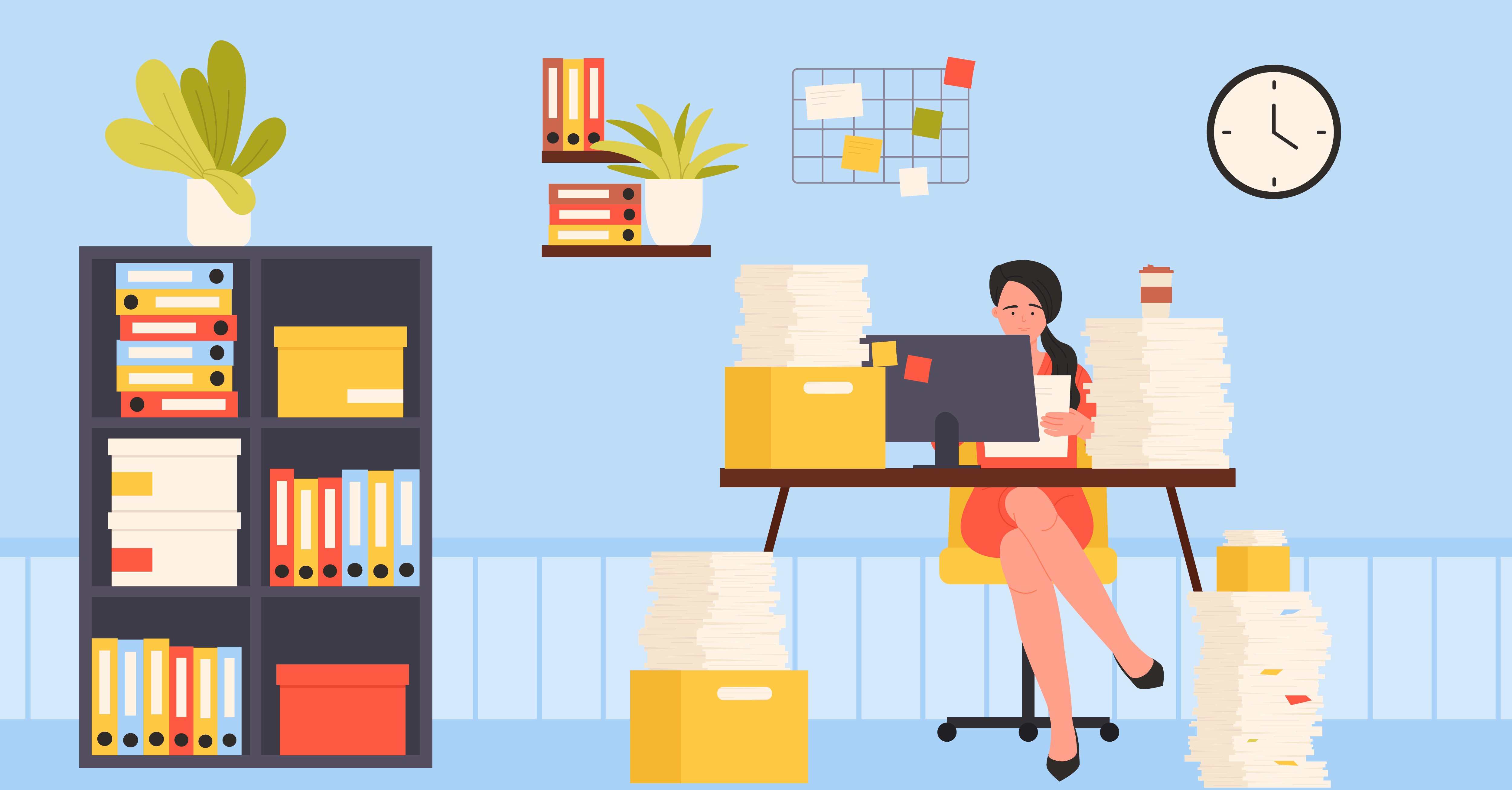Visual Literacy Helps Safety Professionals See the Bigger Picture
February 1, 2022

The visual lessons grounded in art education – known as visual literacy – can make a difference in how much you see and how to interpret the meaning of it. This idea holds intriguing potential for safety hazard identification, where it’s easy to miss important details in all-too-familiar workplace surroundings.
“Typically, it takes an incident to inform us that a hazard exists. While it’s really important that when we have an incident, we identify and fix it, it’s also a lousy way to run a safety program if that’s all you’re focused on,” says Doug Pontsler, the chairman and managing director of the Center of Visual Expertise or COVE, an organization that teaches visual literacy applied to industrial and workplace safety.
He posits most people can improve their ability to see greater detail in things around them, particularly in familiar surroundings. And, if workers see what they might otherwise miss, they’re apt to take action and improve their own personal safety as well as the safety of others.
It’s this notion that prompted Pontsler to explore visual literacy training and how it might be applied to health and safety. Back in 2015, he worked as a safety professional at fiberglass composites maker, Owens Corning. While the company had success with its safety practices, leadership sought to improve hazard recognition.
Visual Literacy: From Art to Safety
By chance, Pontsler became aware of a program taught at the Toledo Museum of Art called “Learning to See.” It was a training course on observation techniques for analyzing and interpreting artwork. Application of visual literacy in art seeks to focus on the finer details of what may not be obvious and unlock meaning in images created by an artist. It also teaches that personal experiences, expectations and biases can limit the scope of what is seen and, more importantly, what might be missed. Pontsler quickly realized these techniques can be applied to workplace safety.
“If we could learn to see better, then we could do a better job (of identifying hazards),” he says. “That’s what sparked our interest in learning more about visual literacy and meeting with the museum to say, ‘how can we take these lessons in art education and make them relevant in the work that we do?’”
COVE workshops usually happen at museums. Half the time is spent in classrooms to learn about techniques and the other half is spent applying that knowledge in museum galleries. Works of art and visual exercises teach visual literacy methods then the focus shifts to industrial applications where the same approach is applied. For example, students might look at a work of art in one moment to study its detailed composition then move to an exercise where they examine a warehouse photograph to spot hazards by applying the same skills.
Experience, Expectations and Biases Guide the Mind’s Eye
Everyone tends to focus on specific things when they first looking at anything, but not everyone sees the same thing, Pontsler says. There is commonality in what most people readily see but each of us has a natural tendency, when we look at something, to focus on certain elements. Each person pays attention to some details while ignoring others. Experiences, expectations and biases are the factors that guide the mind in terms of what it is it sees.
“We see with our brain, influenced by our expectations and experiences. It’s the way the brain works,” Pontsler says, explaining that because of those factors, details can be easily missed. Once you realize that happens, then you can recognize when you fall into that trap. “We provide tools and techniques that allow you to break out of that. The good news is, we can do something about it. There are disciplines that can be applied to decompose what we see that might be extremely familiar.”
In its own research, COVE assessed the potential impact of unseen hazards. COVE’s analysis of data compiled at one company of 17,000 incidents over 20 years showed there was the likelihood that in 24 percent of those incidents, unseen hazards played a significant or contributing role.
Visual Literacy Allows Us to See More
By practicing visual literacy, you consciously try to see more, interpret more and ultimately take more action. In addition to being self-aware of the things that may obscure what you see, the key to visual literacy is to slow down and take more time. Doing so provides a fresh perspective and allow you to see greater detail.
Slowing down sounds easy enough, but as Pontsler says, it’s something “unpopular in our own minds.” Everyone has a lot to do so they tend to rush, and people often believe the faster they get things done, the more they can accomplish.
“We do a lot of looking and we immediately interpret,” he says. “But you may only see as little as 10 percent of what you think you are seeing. Our brain fills in the rest.”
He cites the example of someone who proofreads what they write. Their brain knows what should be on the page but often they may not notice missing words. “We are always filling in the blanks of what we’re looking at,” Pontsler says.
Visual literacy gives people permission to identify things they’re concerned about.
“In my career, I don’t know that I’ve ever thought about anything we’ve done with our people as giving them permission,” Pontsler says. “To me, that is so powerful of a statement. If we’re going to train our people to see things, then we should have an expectation that there are going to be things that we need to respond to – and give them permission to elevate those. They should have no fear about that.”
Enhance hazard recognition with microlearning and digital tools. Download our insight report to discover how digital platforms can transform your safety training.






